Regardless of your choices in life, you will face adversity, trauma, threats, difficulties, trials and tribulations - such as family or relationship issues, health problems, financial concerns, or workplace stressors. Everybody does. Nobody likes it, nobody wants to, but everybody does.
How you respond to those challenges makes all the difference in the world!
Where is your Locus of Control - “At Cause” or “At Effect”?
When you choose to be “At Cause” for your life, your focus is on choosing your actions and this increase your Circles of Power and Influence expanding them into your Circle of Concern. You have an Internal Locus of Control - that is, you believe that you have control over external forces in your life.
When you are “At Effect” of others or circumstances, your focus is on factors outside your inner circles, your Concerns gain ground, shrinking your Circles of Power and Influence. You have an External Locus of Control - that is you believe that external forces beyond your control have control over your life.
When you are “At Effect” you are more likely to experience anxiety, which gives you the illusion of control over others or over external events.
This bears repeating: When you are anxious or you worry, this gives you the illusion of control over others or external events!
Congratulations, your anxiety and worry about something beyond your control just reinforced and perpetuated your need to be anxious and worry!
On the other hand, when you choose to be “At Cause” you are reinforcing your stress resilience.
Remember The “Shortcut” and The “High Road”?
You’ll notice that I say that you "are At Effect versus you “choose to be At Cause”. That’s because your default is to be At Effect. It’s not a conscious, thought through, choice. It’s unconscious and automatic. Choosing to be At Cause is a conscious, considered, deliberate choice you make.
As our brain senses information about the challenge ahead, you’ll recall what we learned in Fear, Stress, Anxiety and Depression in Your Brain that stimuli from the outside world first take “The Shortcut” either directly to the amygdala (smells and touch) or via the Thalamus to the amygdala (sights and sounds). That is: your brain is already reacting and responding to the threat of the challenge ahead!
Meantime, some information takes the “High Road” through the cortex and your thinking brain can choose to change or reinforce the threat response. Milliseconds after your brain and body have started to react and respond, this is your moment of choice! This is the moment you can choose to be “At Cause”.
How does this help me? How do I stop worrying, anxiety and distress? Let me be clear, there isn’t a magic pill that does this (no matter what Big Pharma tries to tell you) but we do have access to a simple solution. Before that though, let’s recognise two common enemies we all have in the (conscious) mind.
Two Enemies of Being “At Cause”
And allies of remaining “At Effect”
People, most often, spend much of their time and energy worrying or concerned about the challenges that they cannot control, which cause them to feel anxious or stressed.
The first enemy is “If only…”
If only I had the [skills, money, strength, power, connections, knowledge, fortitude, faith] I would have…
If only … my parents had… I could have…
If only I … were a different race, gender, nationality, person … I should have…
If only I … had studied harder, taken that job, not taken that job, gotten married, not gotten married, had kids, not had kids…
“If only” pines over the past.
The second enemy is “What if…”
What if… I fail, succeed, look stupid …
“What if…” frets about the future.
The problem of these two enemies is that they give you the illusion of control over others or external events!
That is, you think that worrying about something makes a difference!
"Your mind would rather fret about the future or pine over the past so that it can cling onto its own illusion of control." But the current moment cannot be controlled. So our mind discounts it and we forget to savour and enjoy every now moment.”
Adapted from Ann Voskamp, One Thousand Gifts
The Great Benefits of facing Challenges
No battles. No spoils.
Without challenges in life, life becomes tremendously boring and mundane. We wouldn’t learn and grow. Anything alive in this world that stops growing is dying. There is no stasis or status quo, it can be a slow dying or it can be incredibly quick.
Challenges, problems, obstacles or opportunities - whatever term you prefer to apply - kick your fear circuits into action and by default, your brain and body reacts.
How you choose to face those challenges makes all the difference in your world.
Now that we recognise the two main enemies and that we will all face challenges, which we still don’t particularly like but realise that they can be good for us to grow, let’s see what happens when we choose to be At Cause.
Choosing to be At Cause
Some of the incoming stimuli information is directed by your Thalamus (your brain’s “reception desk”) along the “High Road” to your cortex and, of particular interest to us here, your Pre Frontal Cortex or PFC.
Your limbic brain is already reacting to the threat of this challenge and your body is responding as your Sympathetic Nervous System (SNS) signals the production of cortisol and adrenaline. Your heart is beating a little or a lot faster. Your blood pressure rises. Your digestive tract is shutting down. Sweat glands begin to ooze. And your taking the time to stop and think!
In your mind you’re experimenting with possible solutions that you can do, will do, might be able to do. You’re researching your memory banks for previous encounters and similar situations and your pre-frontal cortex makes a decision to test out a possible solution. This is what Carol Dweck calls the Growth Mindset.
If it works. Brilliant! Store the success in memory and get ready to party!
If it doesn’t work. Hmmmm. Let’s try this instead. Rinse. Repeat. Until…
The optimal solution:
You’ve overcome the challenge! Hurrah for you. Well done. Another lesson learned. What’s next? Oh yes, party time and here’s another challenge.
You’ve gotten past this challenge somehow, not brilliant but good enough. Next time I’ll be better equipped for such a challenge by having more X or Y available. Another lesson learned. What’s next? Oh yes, party time and here’s another challenge.
I’ve tried everything and this challenge is a bit too much. Good job I am already:
Lesson learned. What’s next? Oh yes, party time and here’s another challenge.🥶Hiding in this corner
🏃Running away, fast
👊Fighting with every ounce of strength I have
For every challenge you face, you have a choice. You can choose to be At Cause or you can allow yourself to remain At Effect.
It’s not that one is better than the other. There are challenges that you are much better off leaving your brain and body to do what it does best: keeping you “not dead”. This was especially true when your forefathers lived in mud huts and faced the daily commute to the field where lions roamed.
There are, however, other times when your default fear response, stress and anxiety are less than helpful. Particularly in the modern urban jungle and commute on the crowded freeway or train to the workplace with the horrible boss and unkind colleagues. Times when choosing to be At Cause will be more profitable for you.
How then do we lift performance @work using this knowledge? This is obviously about lifting performance for your bosses, staff and colleagues because we already know that you are the hardest worker at your organisation 😜. How to Raise Performance and have Joy@Work… coming soon



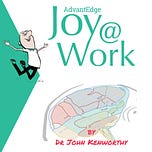


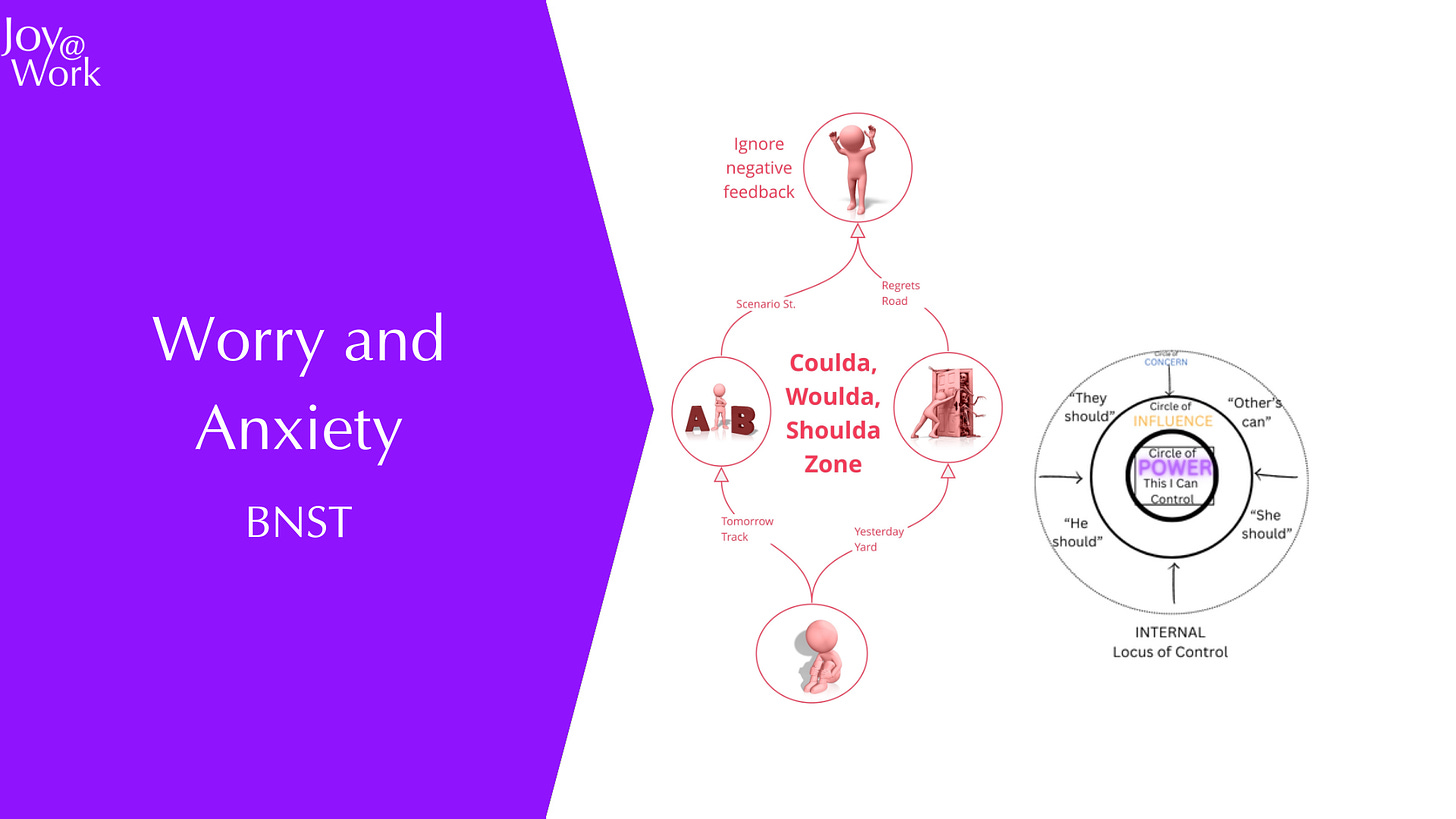
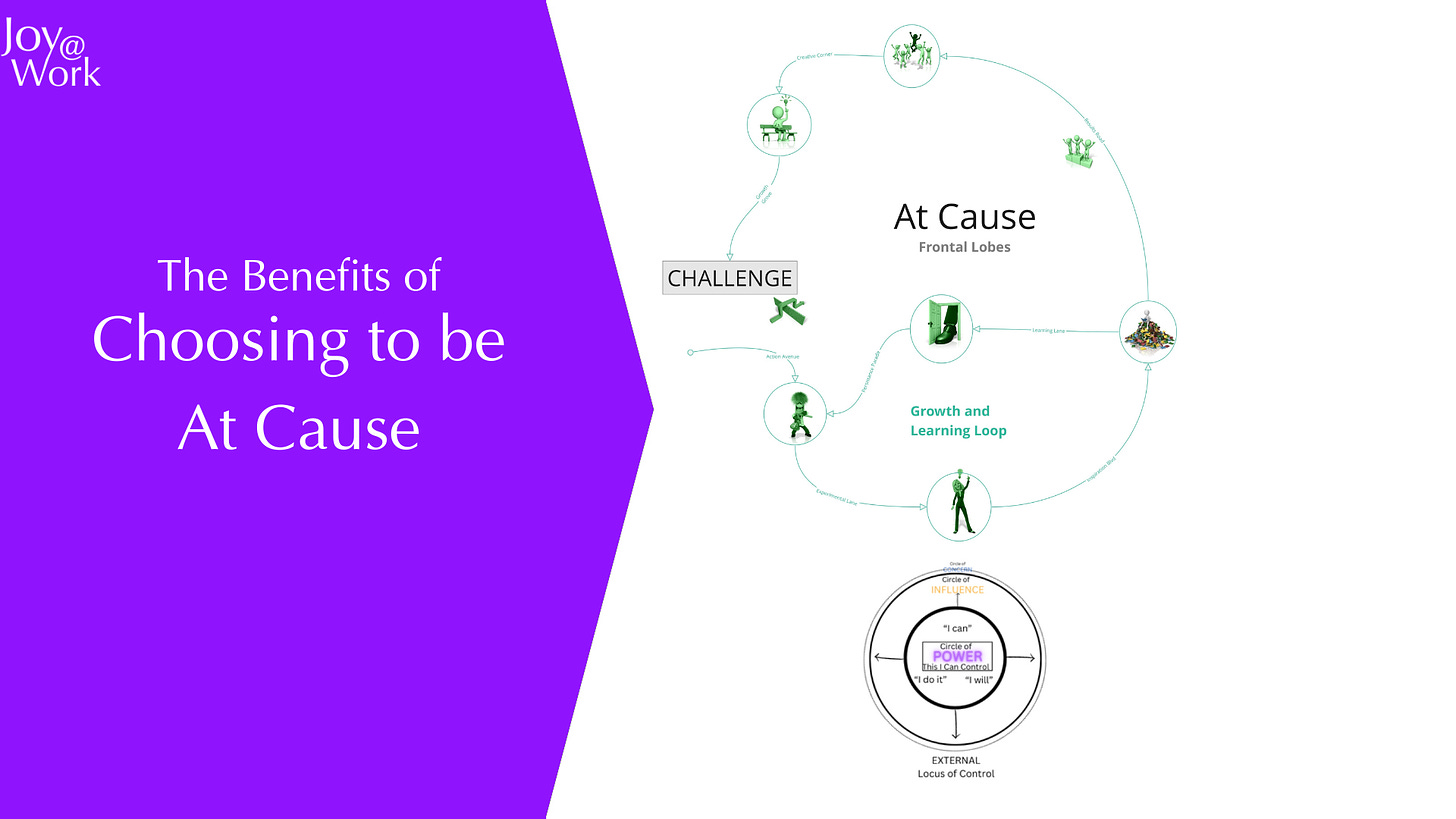

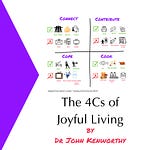


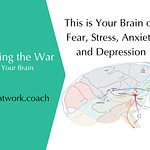
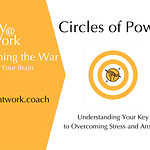
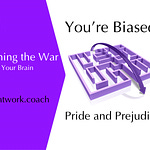
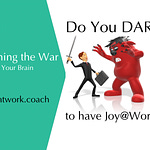
Share this post